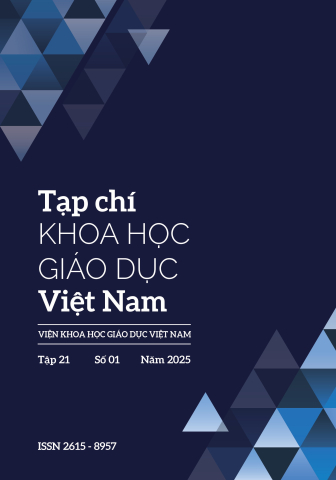[1] Trần Đình Sử, (2009), Tản văn Việt Nam hiện đại - một thể loại bị lãng quên, https://trandinhọc sinhu. wordpress.com/2013/11/05/tan-van-viet-nam-hien-daithe-loai-bi-lang-quen/.
[2] Trần Đình Sử (Chủ biên), (2016), Lí luận văn học (tập 2), NXB Đại học Sư phạm, Hà Nội.
[3] Vương Kiến Huy - Dịch Học Kim, (2004), Tinh hoa tri thức văn hóa Trung Quốc, NXB Thế giới, Hà Nội
[4] Lê Bá Hán - Trần Đình Sử - Nguyễn Khắc Phi, (1999), Từ điển Thuật ngữ văn học, NXB Đại học Quốc gia Hà Nội
[5] Hoàng Minh Lường (Chủ biên), (2019), Giáo trình Lí luận văn học, NXB Văn học, Hà Nội
[6] Nguyễn Thị Hồng Nam - Nguyễn Thành Thi (đồng Chủ biên) và cộng sự, (2022), Ngữ văn 7 (tập 1, Bộ Chân trời sáng tạo), NXB Giáo dục Việt Nam, Hà Nội.
[7] Bùi Mạnh Hùng (Tổng Chủ biên) và cộng sự, (2022), Ngữ văn 7 (tập 1, Bộ Kết nối tri thức và cuộc sống), NXB Giáo dục Việt Nam, Hà Nội.
[8] Nguyễn Minh Thuyết (Tổng chủ biên) - Đỗ Ngọc Thống (Chủ biên) và các cộng sự, (2022), Ngữ văn 7 (tập 2, Bộ Cánh diều), NXB Đại học Sư phạm Thành phố Hồ Chí Minh.
[9] Bùi Mạnh Hùng (Tổng Chủ biên) và cộng sự, (2022), Ngữ văn 7 (tập 1, sách giáo viên, Bộ Kết nối tri thức và cuộc sống), NXB Giáo dục Việt Nam, Hà Nội
[10] Lê Trà My, (2008), Tản văn Việt Nam thế kỉ XX (từ góc nhìn thể loại), Luận án Tiến sĩ Ngữ văn, chuyên ngành Lí luận văn học, Trường Đại học Sư phạm Hà Nội.
[11] Bộ Giáo dục và Đào tạo, (26/12/2018), Chương trình Giáo dục phổ thông môn Ngữ văn (Ban hành kèm theo Thông tư số 32/2018/TT-BGDĐT của Bộ trưởng Bộ Giáo dục và Đào tạo).


